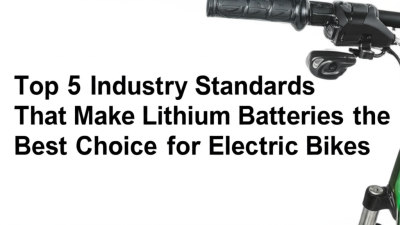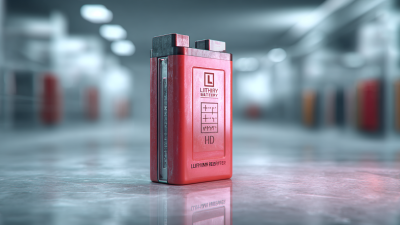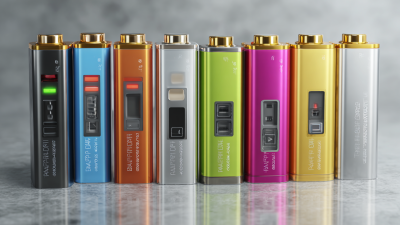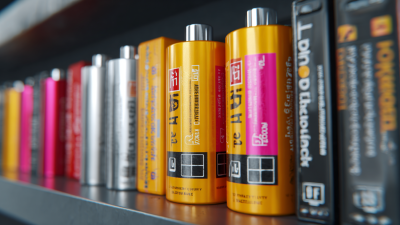In today's fast-paced technological landscape, the demand for reliable and efficient power sources has never been greater. High Capacity Lithium Batteries have emerged as a cornerstone in various industries, from electric vehicles to renewable energy storage, contributing to a projected market growth of over 20% annually through 2027, according to a recent report by Grand View Research. With advancements in battery chemistry and manufacturing processes, these batteries offer improved energy density, longer lifespan, and faster charging times, making them essential for meeting the energy needs of a diverse range of applications. However, selecting the right High Capacity Lithium Battery tailored to specific requirements can be a daunting task, fraught with numerous considerations. This ultimate guide aims to simplify the process, providing insights into how to assess and choose the best high capacity lithium battery for your distinct needs, ensuring optimal performance and longevity.
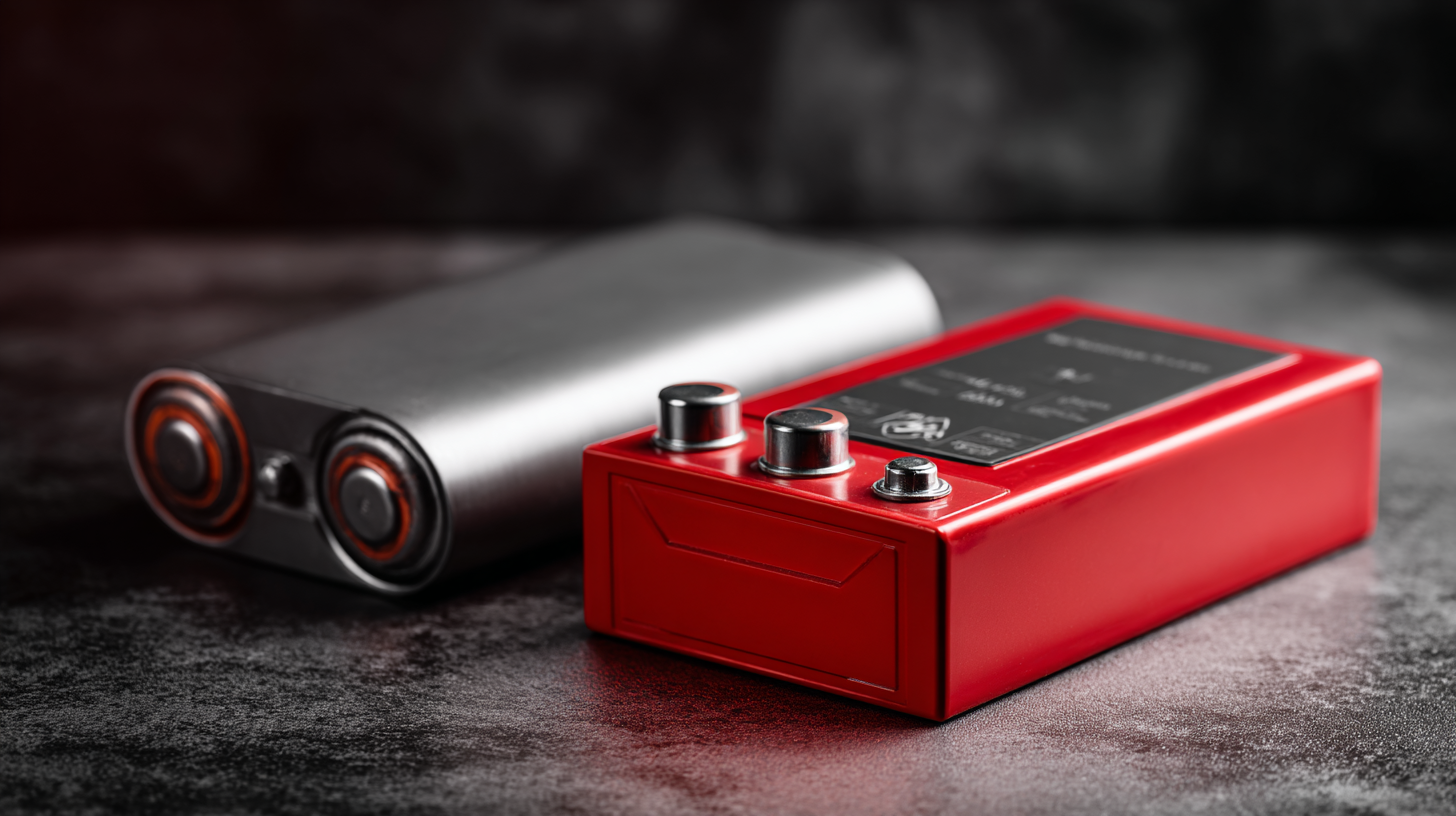
When selecting a high-capacity lithium battery, understanding your power needs is crucial. Capacity, measured in amp-hours (Ah) or watt-hours (Wh), directly influences how long your device will operate before needing a recharge. For instance, a battery with a 100Ah capacity can effectively power a system that requires 10 amps for 10 hours. According to a recent industry report by the Battery Industry Association, demand for lithium batteries is expected to grow by 20% annually due to their efficiency and longevity, making it more important than ever to assess your unique power requirements.
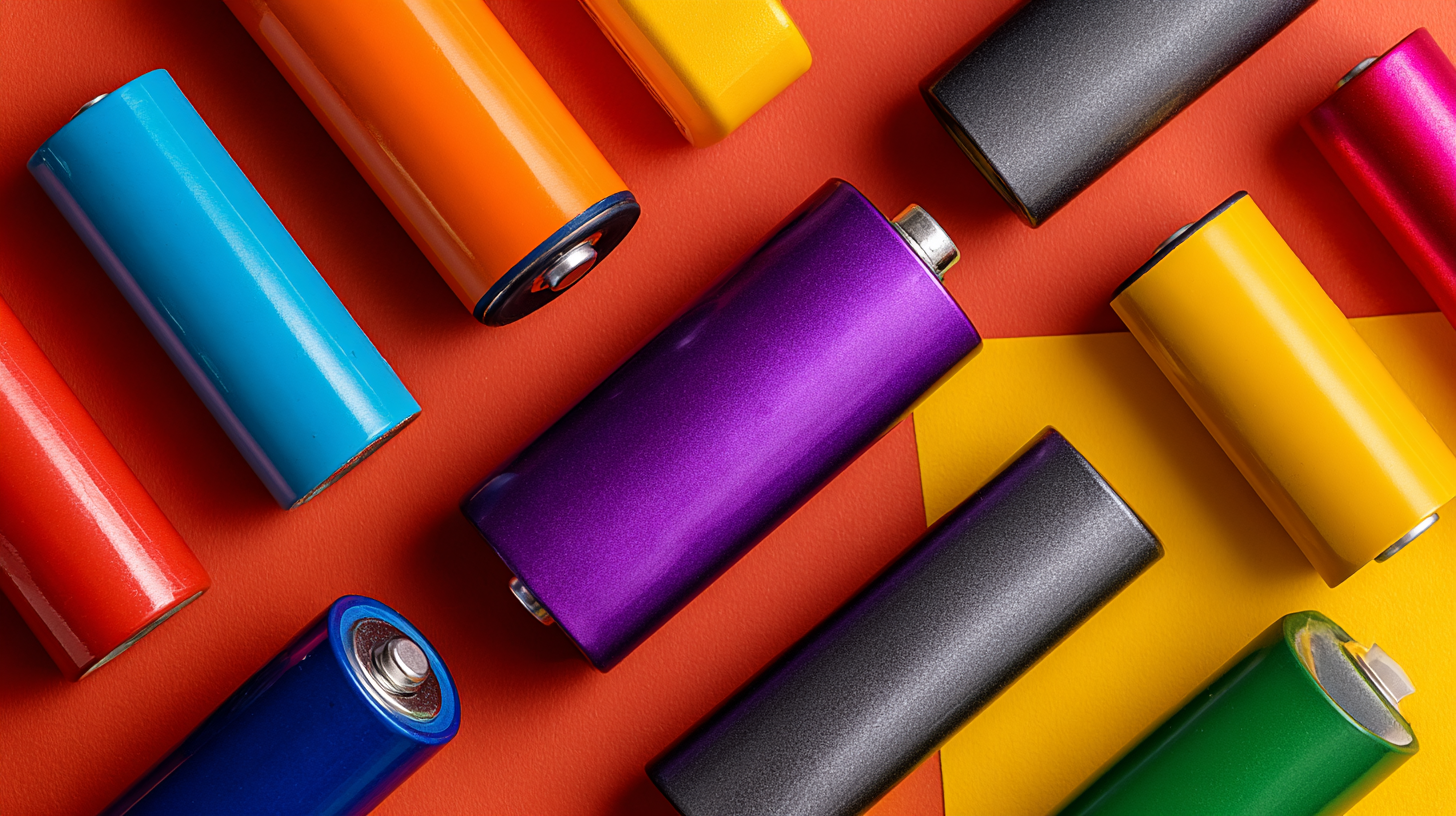
Tips: Start by evaluating the total power consumption of your devices. Add up their wattage or amperage ratings to determine the required capacity for your battery. For applications like off-grid solar systems or electric vehicles, consider a buffer of 20% to 30% more capacity to account for inefficiencies and unforeseen increases in power demand.
Moreover, different applications may require varying discharge rates. For instance, a battery used in a high-performance electric vehicle may need to support high bursts of power, while a stationary energy storage system may prioritize capacity and longevity. According to a study by the International Energy Agency, high-capacity lithium batteries can deliver up to 3,000 cycles at 80% depth of discharge, significantly outpacing traditional lead-acid batteries. This longevity not only reduces operational costs but also enhances sustainability in power management.
When selecting a high capacity lithium battery, understanding the various types available is crucial for making an informed decision. High capacity lithium batteries, commonly used in applications ranging from electric vehicles (EVs) to portable electronics, can be broadly categorized into Lithium-ion (Li-ion) and Lithium Polymer (LiPo) batteries. Li-ion batteries dominate the market, accounting for approximately 80% of the global lithium battery sales, due to their high energy density and longevity, which can reach up to 2000 cycles under optimal conditions. For instance, as reported by the International Energy Agency, the average energy density of Li-ion batteries has improved to about 250 Wh/kg, making them a preferred choice for applications demanding high performance.
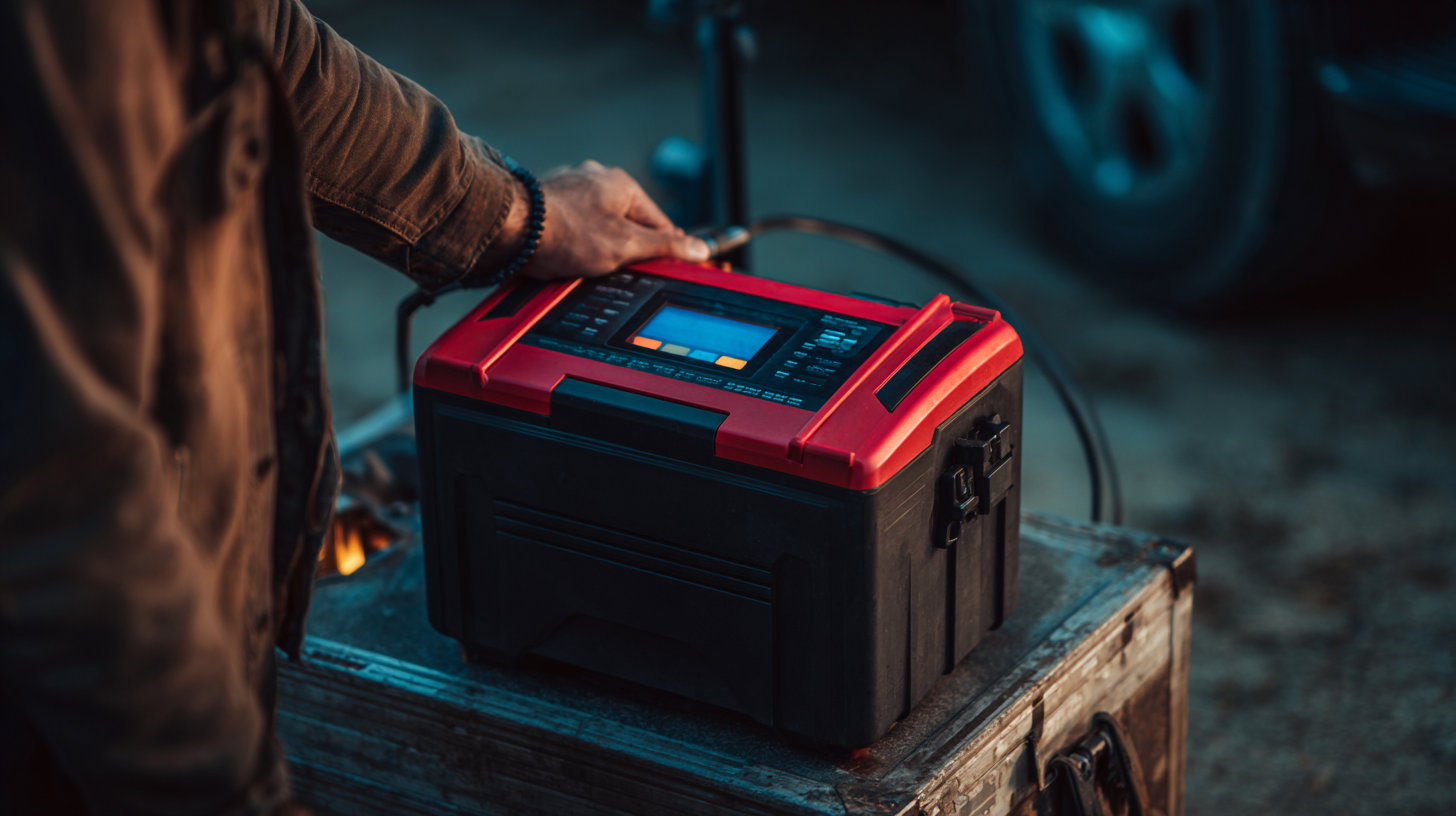
On the other hand, Lithium Polymer batteries offer additional advantages, notably flexibility in shape and weight, which makes them ideal for portable devices and UAVs (Unmanned Aerial Vehicles). According to a study by the United Nations Industrial Development Organization, the market for LiPo batteries is projected to grow at a compound annual growth rate (CAGR) of 12% through 2027. While they typically have a slightly lower energy density than Li-ion batteries, advancements in technology have significantly narrowed this gap. Understanding these distinct types and their specific applications will allow consumers to choose the right high capacity lithium battery tailored to their unique needs.
When selecting a high capacity lithium battery, several key features warrant careful consideration. First, battery capacity, typically measured in ampere-hours (Ah), directly affects how long your device will run before needing a recharge. For applications requiring prolonged use, aim for batteries with higher capacities to ensure they meet your operational demands without frequent interruptions.
Another essential feature is the discharge rate, which determines how quickly the battery can release its energy. This is particularly important for high-drain devices like power tools or electric vehicles, where a battery with a higher continuous discharge rate ensures optimal performance without overheating. Additionally, consider the cycle life of the battery, indicating how many charge-discharge cycles it can undergo before its capacity falls below a usable level. A longer cycle life translates to reduced replacement frequency and overall cost-effectiveness, making it a critical factor in your selection process.
When selecting a high capacity lithium battery, safety and maintenance are paramount considerations that should not be overlooked. Recent industry reports indicate that improper handling of lithium batteries can lead to incidents such as overheating and fires, with the National Fire Protection Association (NFPA) estimating that electrical failures account for roughly 27% of battery-related fires. Therefore, it is crucial to follow manufacturer guidelines and only use compatible chargers to mitigate risks. Regularly inspecting batteries for signs of swelling, corrosion, or leaks can also play a significant role in ensuring longevity and safety.
Moreover, proper storage of lithium batteries is essential. The International Energy Agency (IEA) recommends keeping batteries in a cool, dry place, ideally between 20°C to 25°C, to minimize degradation. Additionally, maintaining a charge level between 20% and 80% can enhance the battery's lifespan. Implementing these safety measures not only reduces the potential for accidents but also maximizes performance, with studies showing that well-maintained lithium batteries can retain up to 80% of their original capacity even after 500 charge cycles. Prioritizing safety and maintenance will ultimately lead to a more reliable and efficient energy solution tailored to your high capacity needs.
| Battery Type | Capacity (Ah) | Voltage (V) | Weight (kg) | Cycle Life (cycles) | Safety Features | Maintenance Tips |
|---|---|---|---|---|---|---|
| Li-ion | 100 | 3.7 | 2.5 | 500 | BMS, Thermal Protection | Avoid extreme temps, Recharge regularly |
| LiFePO4 | 200 | 12.8 | 6.5 | 2000 | Overcharge Protection, Short-Circuit Protection | Store at optimal charge, Inspect regularly |
| Li Polymer | 150 | 3.7 | 1.2 | 300 | Integrated Battery Management System | Avoid punctures, Charge slowly |
When selecting a high capacity lithium battery, understanding the top brands and models is crucial to ensure you find the right fit for your budget and requirements. Leading brands like LG Chem, Panasonic, and Samsung offer a range of batteries renowned for their reliability and performance. LG Chem’s line of batteries is particularly favored in the renewable energy sector, balancing efficiency and cost-effectiveness. Meanwhile, Panasonic is known for its innovative technology and high energy density, making it a go-to choice for electric vehicles and portable electronics.
Beyond brand reputation, consider specific models tailored to your needs. For instance, the Samsung 18650 cells are widely used in consumer electronics and power tools due to their robust performance and longevity. If you require a battery for energy storage systems, look into the Tesla Powerwall or Enphase batteries, which provide excellent capacity and integration for home solar systems. Ultimately, analyzing your unique needs alongside the offerings from top brands will guide you toward the optimal high capacity lithium battery that fits both your financial constraints and performance requirements.


